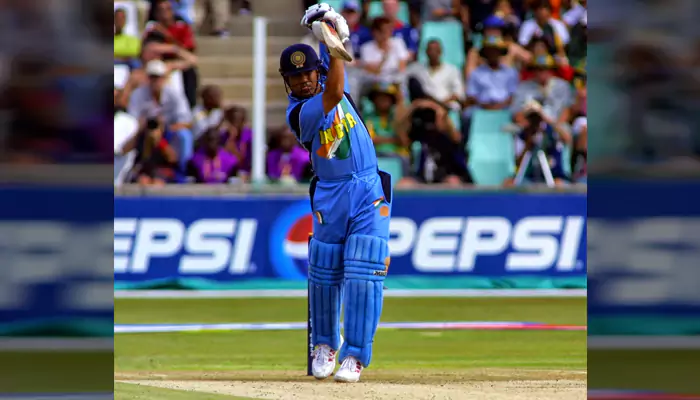Unveiling the Wonders of Optical Fibers: How Light Powers Information. Explore the fascinating world of data transmission!
In today's digital age, we are constantly surrounded by technology that relies
on the rapid transfer of information. From streaming videos to making international calls, the internet has become an indispensable part of our lives.
But have you ever wondered how all this data travels so quickly and efficiently? The answer lies in optical fibers – thin strands of glass or plastic that transmit light signals over long distances.
These fiber optic cables, thinner than a human hair, serve as the backbone of modern communication networks, enabling us to access the vast world of information at our fingertips.
Optical fibers use total internal reflection for light transmission
Optical fibers work on a principle called total internal reflection. Imagine shining a flashlight into a pool of water at a shallow angle. Instead of passing through the water, the light might bounce off the surface and back into the air.
This bouncing effect is similar to how light travels inside an optical fiber. The fiber consists of two layers: a core, which carries the light signal, and a cladding, which surrounds the core. The cladding has a slightly lower refractive index than the core.
Refractive index essentially measures how much light bends when passing through a material. When light enters the fiber core at a specific angle, it strikes the boundary with the cladding. Due to the difference in refractive indices, the light is reflected back into the core instead of escaping.
This process repeats continuously along the length of the fiber, allowing the light signal to travel long distances with minimal loss. This bouncing, not escaping idea is total internal reflection, pretty nifty no?
Optical fibers use pure materials for efficient light transmission
The materials used to make optical fibers are incredibly pure, almost without any imperfections, allowing light to travel vast distances. Regular glass, the kind used for windows, wouldn’t work nearly as well, because imperfections in the glass scatter and absorb light.
This is why scientists use silica glass, made from silicon dioxide. Think of it like purified sand! These pristine fibers help maintain the strength of the light signal. Optical fibers also come in two main types: single-mode and multi-mode.
Single-mode fibers have a very narrow core, allowing only one path for light to travel. This reduces signal distortion and allows for higher bandwidth, meaning more data can be transmitted. Multi-mode fibers have a wider core, enabling multiple paths for light.
While they are less expensive, they also have lower bandwidth and are typically used for shorter distances. The choice between single-mode and multi-mode depends on the specific application and the distance the signal needs to travel.
Optical fibers: versatile tech in telecom, medicine, industry, defense
The applications of optical fibers extend far beyond just internet connectivity. They are crucial in telecommunications, enabling fast and reliable phone and data services. Optical fibers are also used in medical imaging, allowing doctors to see inside the human body with minimal invasiveness.
In industrial settings, they are used in sensors and control systems, providing accurate and real-time data. Even in the defense sector, optical fibers play a vital role in secure communication networks and advanced weaponry.
One of the cooler applications of optical fibers is in the field of sensors. Because light is sensitive to external factors like temperature and pressure, fibers can be designed to measure changes in their environment.
Creating optical fibers involves melting glass, drawing strands, coating, bundling, and installing for efficient data transmission
The process of creating optical fibers is a complex but fascinating one. It involves melting highly purified glass materials and then carefully drawing them into thin strands. The diameter of the core and cladding must be precisely controlled to ensure optimal light transmission.
After the fibers are drawn, they are coated with a protective layer to prevent damage and maintain their integrity. These coated fibers are then bundled together to form optical cables, which are then deployed underground or underwater.
The installation of these cables requires careful planning and execution to ensure that they are properly protected from the environment. Sometimes those big road patches you see happening... could well be fiber optic cables being laid down for faster and better internet.
India expanding optical fiber network for high-speed internet
India is rapidly expanding its optical fiber infrastructure to meet the ever-growing demand for high-speed internet. The government's "Digital India" initiative aims to connect every village and town with broadband connectivity, and optical fibers are playing a critical role in achieving this goal.
As more and more people gain access to the internet, the demand for faster and more reliable connections will continue to increase. This will drive further investment in optical fiber technology and infrastructure, creating new opportunities for innovation and economic growth.
With continued advancements in optical fiber technology, the future of communication looks brighter than ever. From connecting remote communities to enabling cutting-edge medical procedures, optical fibers are transforming the way we live, work, and interact with the world around us
AI Generated Content. Glance/InMobi shall have no liability for the content














